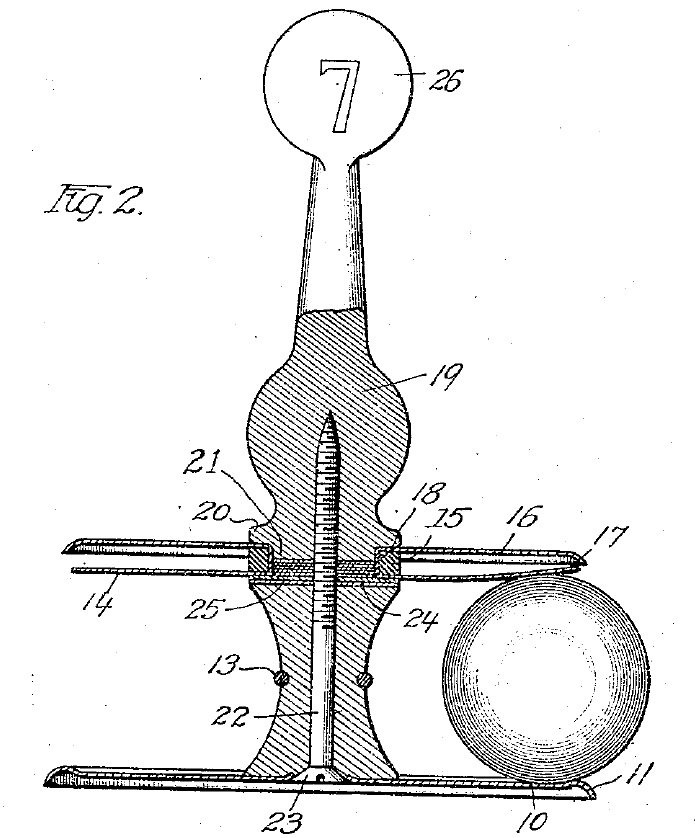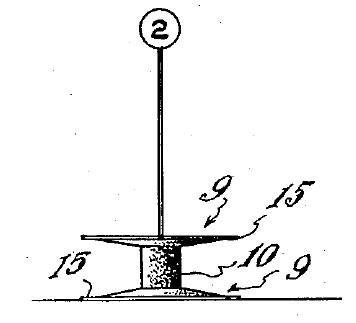Eidos Display, LLC, v. AU Optronics Corp., [2014-1254] (Fed. Cir. 2014), the Federal Circuit reversed summary judgment of invalidity of the claims for indefiniteness. The Federal Circuit began its analysis by confirming that its review was de novo because the claims could be construed solely from the intrinsic evidence, citing Teva v. Sansoz. The Federal Circuit said that to the extent the district court considered extrinsic evidence in its claim construction order or summary judgment order, that evidence is ultimately immaterial to the outcome because the intrinsic record is clear.
In its de novo review of the claims the Federal Circuit observed that the limitation at issue, “a contact hole for source wiring and gate wiring connection terminals” could require a single common or two separate holes, but found that the specification clearly indicated two holes. First, the Federal Circuit noted that the there was no enabling disclosure of a single hole, and second the only disclosure was of two separate holes.
The Federal Circuit looked to the prosecution history of the parent application, citing Masco Corp. v. United States, 303 F.3d 1316, 1324 (Fed. Cir. 2002), and Elkay Mfg. Co. v. EbcoMfg. Co., 192 F.3d 973, 980 (Fed. Cir. 1999)that the prosecution history of a parent application may be considered in construing claim terms.” Observing that other claims contained this same limitation the Federal Circuit saw no reason to ascribe a different meaning to the same limitation in the current claim, noting claim terms are normally used consistently throughout the patent, so that the usage of a term in one claim can often illuminate the meaning of the same term in other claims.
Finally the circuit noted that descriptions of other unclaimed embodiments in the patent in suit supported the construction that separate holes were required, noting that the description of a word in the specification for a different structure can inform the meaning of the same word in the claim because “claim terms are normally used consistently throughout the patent,” citing Energy Transp. Grp., Inc. v. William Demant Holding A/S, 697 F.3d 1342, 1349–50 (Fed. Cir. 2012).
The Federal Circuit rejected appellee’s argument that it was rewriting the limitation, noting that determining how a person of ordinary skill in the art would understand the limitation, however, is different from rewriting the limitation.




